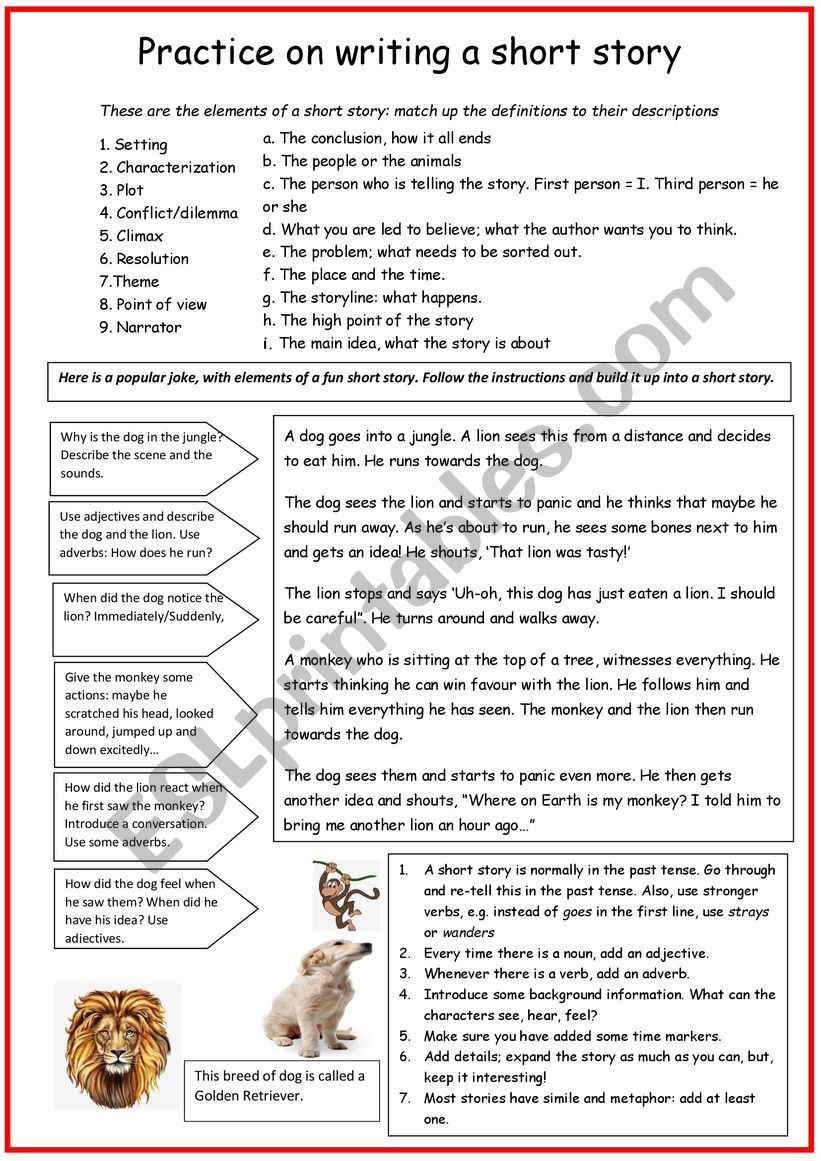

It allows characters who act one way to be revealed to be feeling and thinking another way. Subtext allows controversial messages that would otherwise be questioned or left unpublished to reach public eyes.

Rather, they have a wealth of information available when you learn to read between the lines and to dig into what the story really means. Subtexts are proof that stories are not surface-level things. Naturally, such questions arise in a well-written story as a form of unwritten subtext. Subtext through Questions is subtext created when readers and audiences have questions about a story, such as how a plot is developing or what a character will do. When an author fails to please the audience in this way, the story is considered poorly written or disappointing due to the subtext. In other words, the audience expects the story to run as stories usually do: the audience expects a plot that makes sense and is weaved together, characters who have revelations and change meaningfully, and symbols and motifs which make sense and suit the story. Subtext through Promise is subtext in which an audience expects certain promises to be kept by the author. The revelation subtext here is that his hobby has been his calling all along: he will become an artist.

Throughout his childhood, though, he enjoys drawing, painting, and sculpting for fun. He considers firefighting, being a policeman, or even being an actor. For example, imagine a boy who has been trying to figure out what he wants to do when he grows up. Revelation subtext is subtext that reveals a certain truth over time throughout a story, leading up to a revelation. We as readers cringe as we know she is about to find out her sister has been in a car crash which we have seen but she is not yet aware of. For example, imagine a character who has three missed calls from her mother. In other words, the audience is aware of something the characters are not aware of. Privilege subtext is subtext in which the audience has certain privileges over the characters in a narrative. Here are a few key types of subtext: Privilege Subtext Subtext can work in a variety of ways, depending on how information appears in a narrative. As beneath this message is the clue that someone else has bad breath and should take the mint. The enthusiasm expressed by this person is an example of subtext. The subtext of this question is the intended clue to the student that the paper is not ready yet to be turned in and he should edit through it again. After looking through two pages, his teacher asks, “Are you sure you want to turn this in?” Example 2Ī student goes to turn in his paper.

The subtext in the situation is the reality that what is below the surface-disappointment-does not match the surface-happiness and congratulations. She smiled when she heard someone else had won, but knowing what she was thinking, the smile was a façade which covered her true disappointment at having lost the election. The subtext comes to be known by the reader or audience over time, as it is not immediately or purposefully revealed by the story itself. The subtext is the unspoken or less obvious meaning or message in a literary composition, drama, speech, or conversation.


 0 kommentar(er)
0 kommentar(er)
